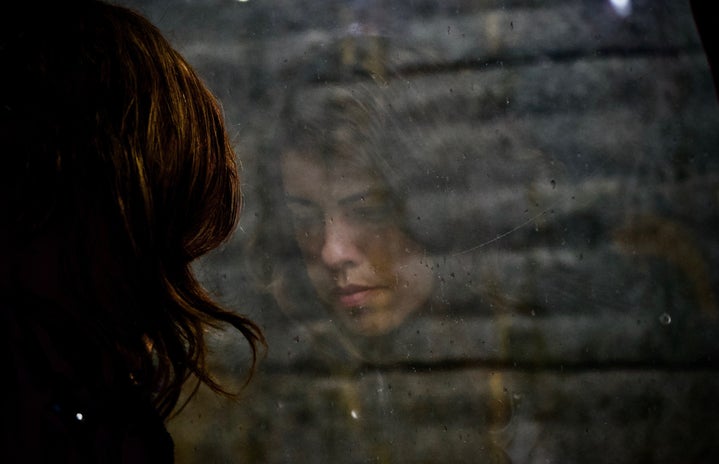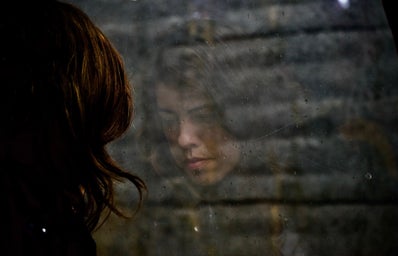Recently, I’ve had a lot of people close to me experience heartbreak. As I attempt to comfort them, I’m reminded of how useless outside comfort felt when I was going through my own heartbreak. Much of the advice – ‘time heals all; it won’t always feel like this’ – is pretty useless when you’re currently in the stage of it always feeling like ‘this’. In these situations, I try to think of what I would tell my younger self to comfort her when grieving. Now, knowing what I know, what would cut through the grief and make an impact? I would want to know that the pain will ease with time. That you can in fact live without them. That not only can you survive but you can thrive. In time. It will take time. I would want to know that there will be days when you think you’ve achieved ‘closure’. You’ll have that Rachel Green moment in Friends: ‘and that, my friend, is what they call closure’, only to realise it wasn’t closure at all and you’re still really sad about it just a few days later. And I would want to know that that isn’t a failure – a setback – but that it’s normal.
I think the journey to self-healing (yes, I just called it a journey) is not as linear as we may think. In fact, I’m unsure if ‘closure’ actually exists. I think you can heal and learn and move on, but definitive ‘closure’ in all its finality is a bit of a myth. It’s something we strive to attain, and then kick ourselves when we don’t get there. That’s not to say that healing is hopeless, and you will forever feel heartbroken. It’s more that endeavouring to achieve ‘closure’ may lead you to feel that you have failed if you never get there, wherever ‘there’ is.
I think the ‘Ball in the Box’ analogy explains this well. You may have heard of it; the analogy went viral after Lauren Herschel shared her doctor’s wise words on grief through a visual on twitter. The theory is that life is a box with a ‘pain’ button inside, and the grief you feel is figured as a ball. When you first feel the pangs of grief, the ball is overwhelmingly large: it sits on the pain button all the time, and the grief is therefore all-consuming. It feels inescapable. As time goes on, the ball gets smaller, and so its coinciding with the pain button is less frequent. That’s not to say that when the ball does hit the button, the pain isn’t as intense or as vivid. But because the pain button is pressed less frequently, it gives the person more time in between each hit to recover and resume life normally. A friend shared this with me when I was in the throes of heartbreak, and it brings me comfort to think of it if I’m ever having a down day. It reminds me that healing is not linear; that if we were to achieve closure, the ball would have to completely disappear.
I don’t believe that the ball ever truly goes away, but that doesn’t have to be such a miserable statement as it ostensibly seems. Sometimes, sadness is buried so deep in the pit of your stomach that you don’t even realise you’re sad, until you’re fighting back tears you didn’t know you needed to cry. But this only reminds us that at one point we truly cared about something, or someone. Sometimes we no longer grieve the person but the pain we felt at the time when it was so fresh – we grieve for our former selves.
Closure is not something you can ‘achieve’. It is not something which belongs in the past tense, a state you accomplished; something you did and now it’s over, finished, completed. We are always healing. The use of present continuous is deliberate. There will always be a song, a destination, a name, a scent, a type of food, or a TV show which reminds us of that person and, inevitably, that now tiny ball will hit the button, stimulating a twinge of pain – even if that pain is in the form of nostalgia. Does that mean that we haven’t moved on? That we are doomed to be stuck in the past? I don’t think so. I think that ball of grief is what makes us us. We are the sum of our experiences – even the bad ones.
And that, my friend, is what they call healing.


